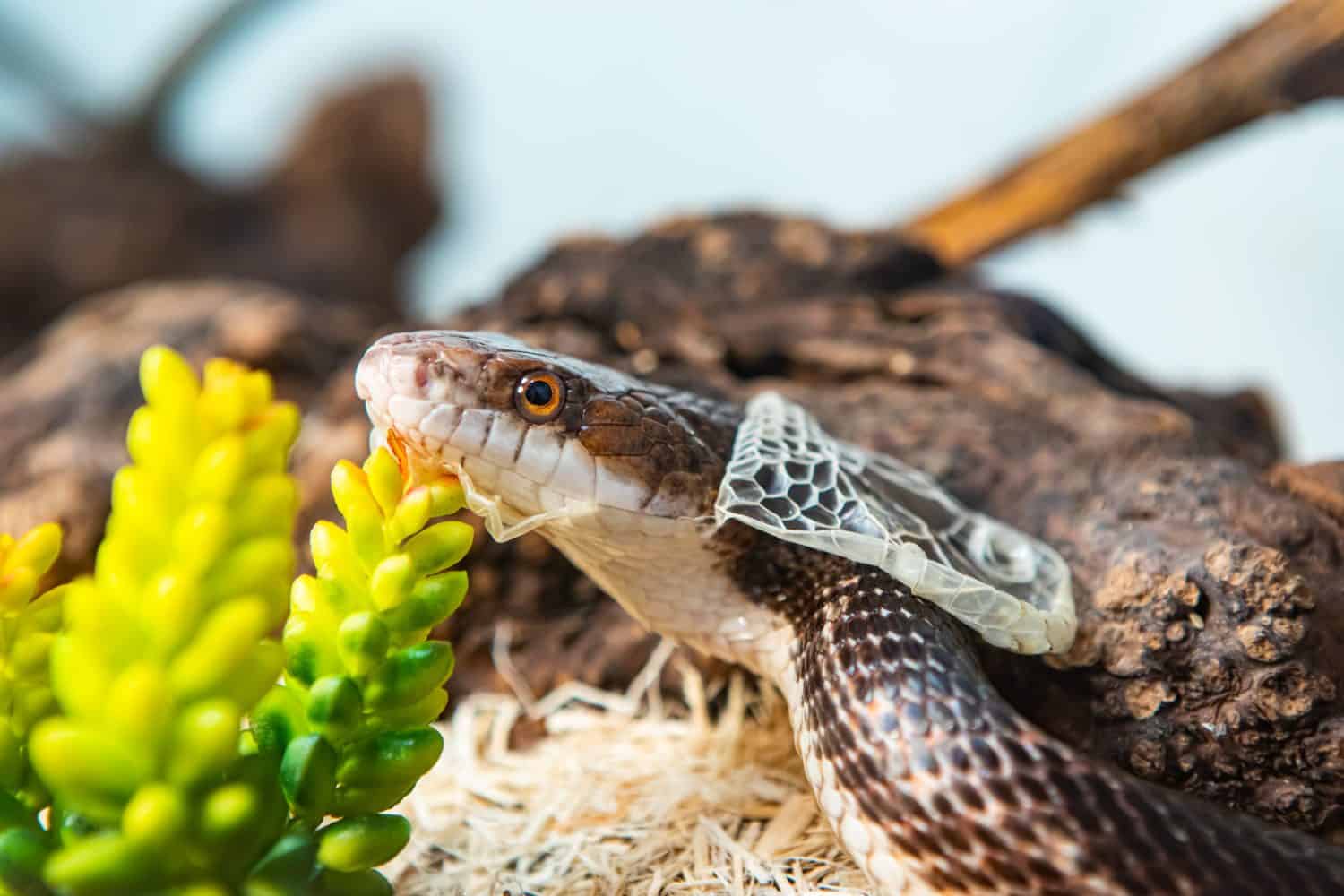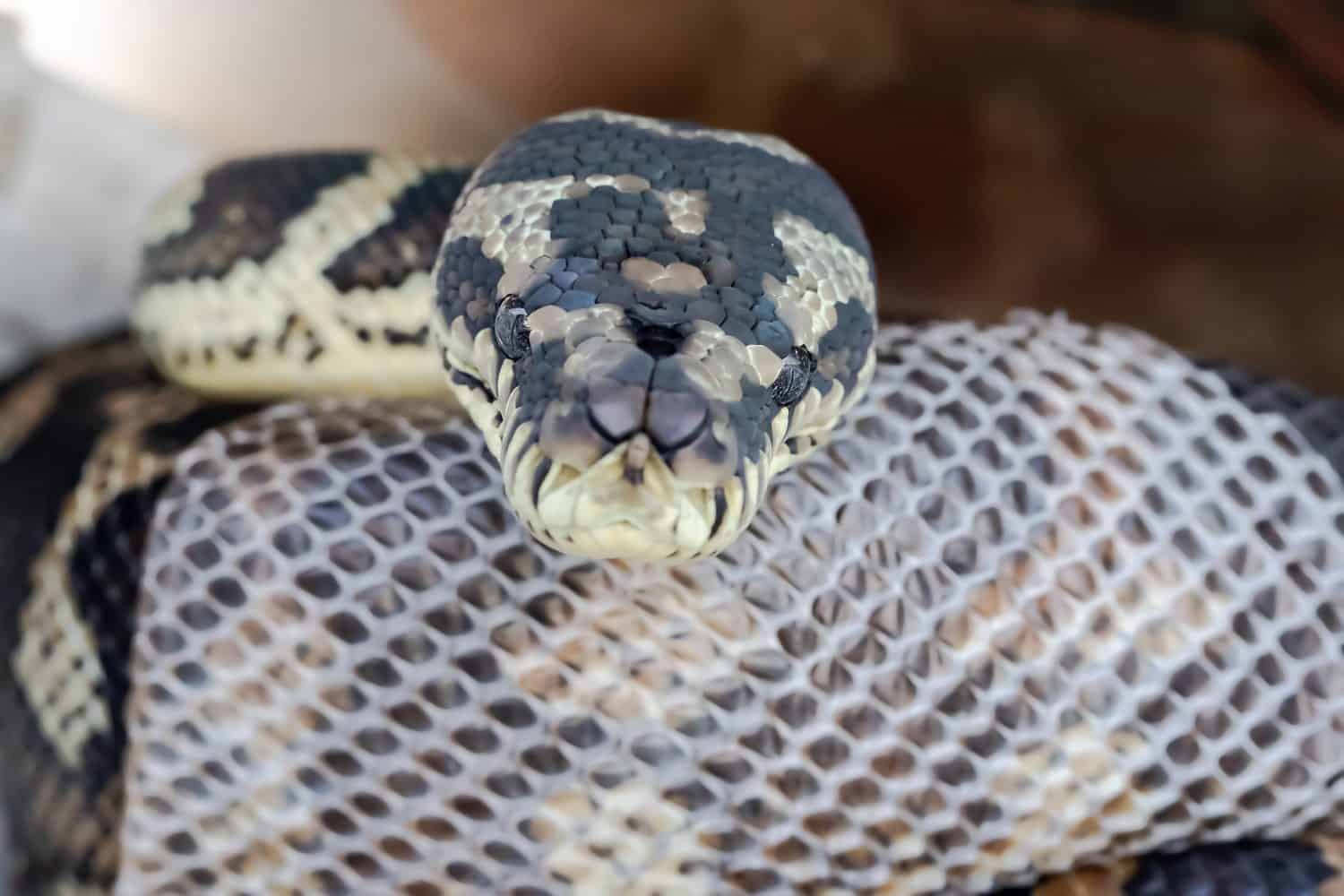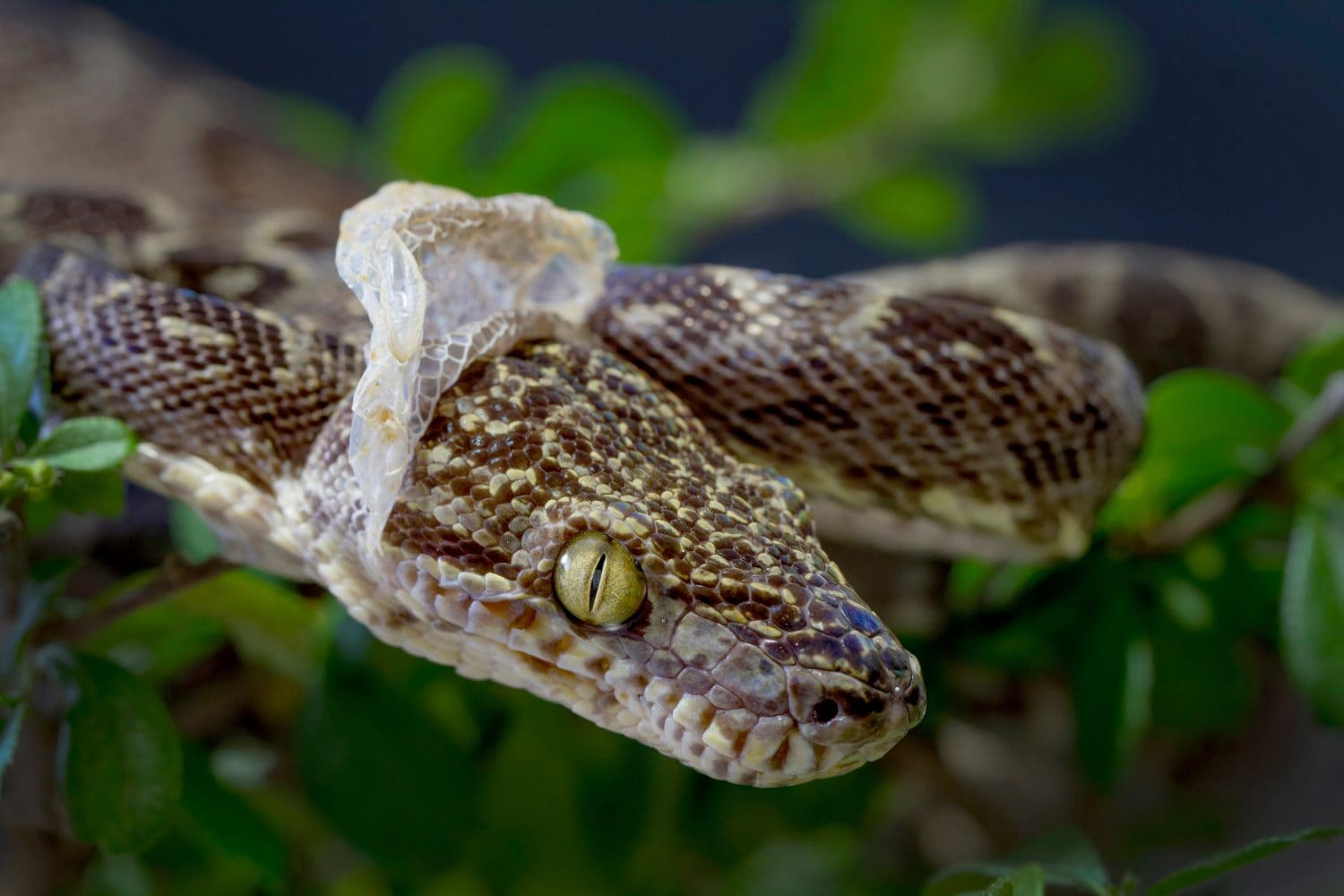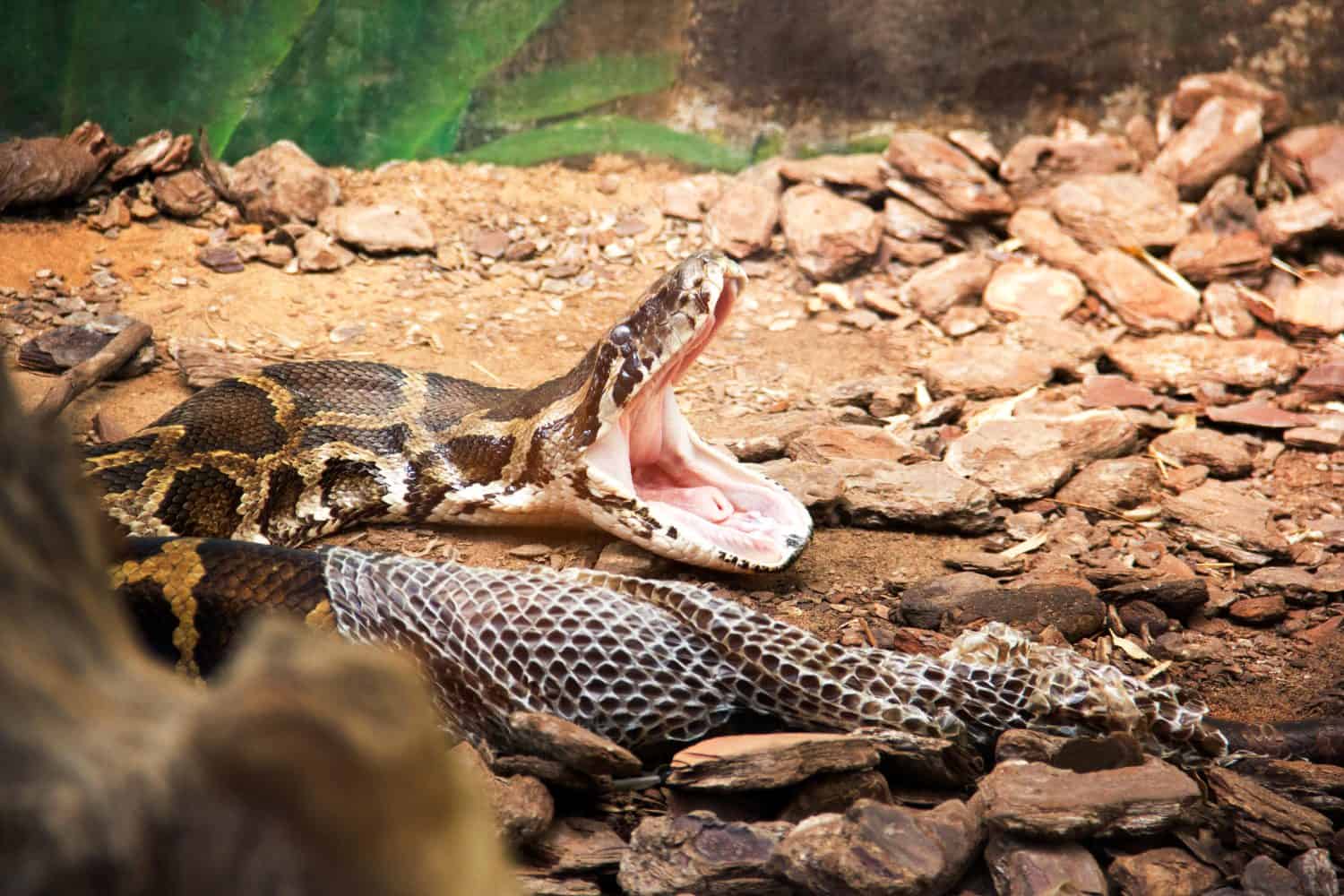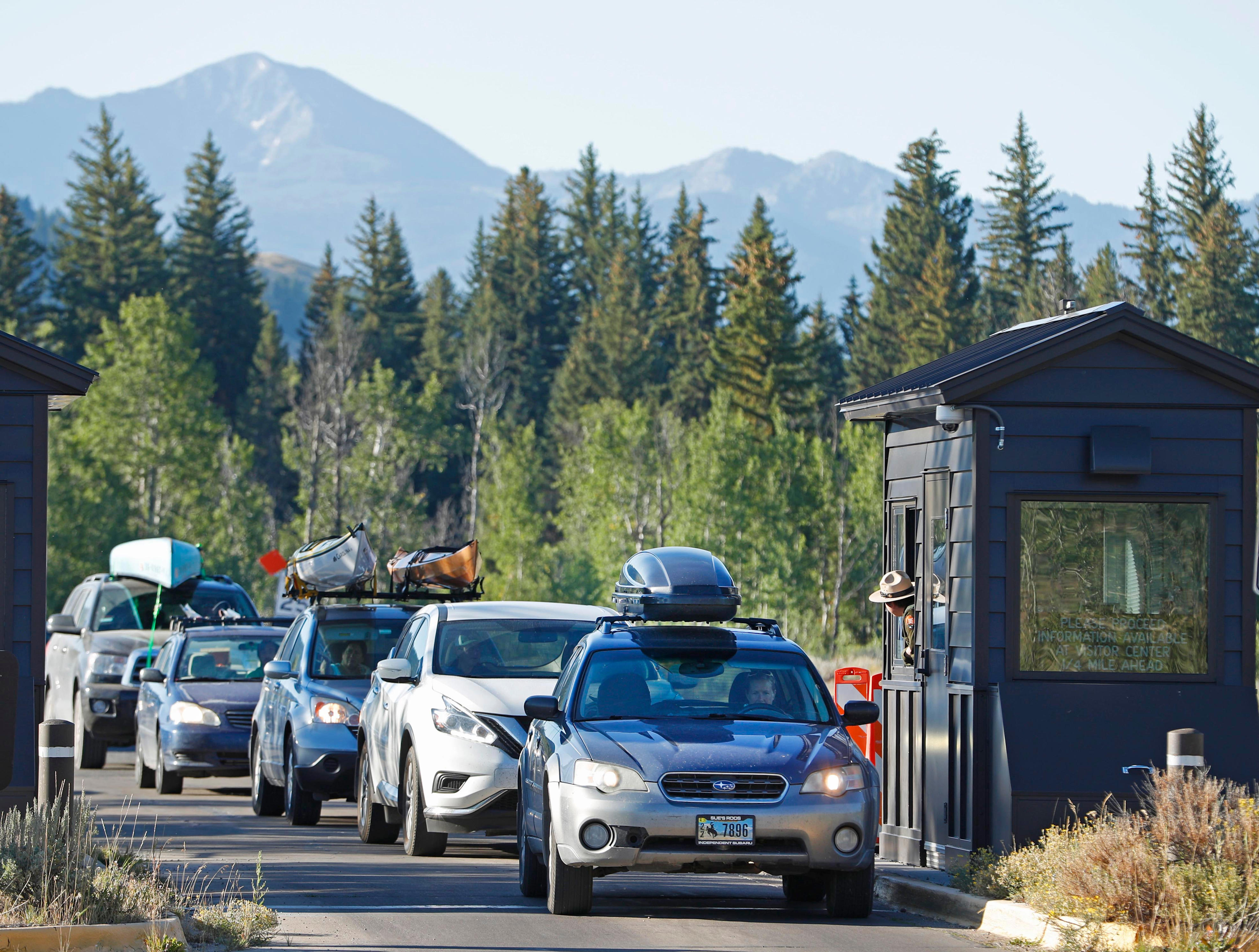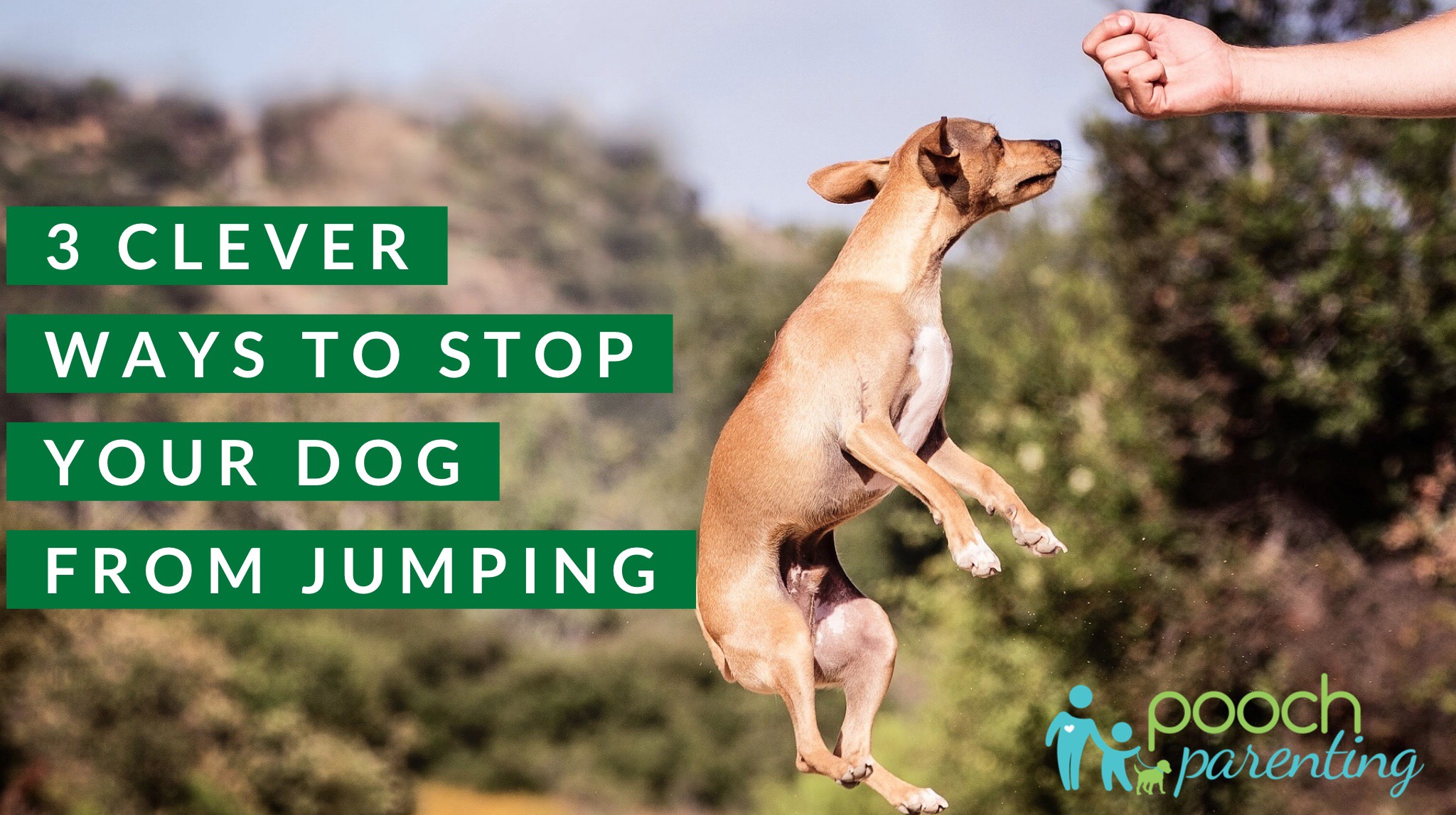How Tiny Plastics Can Destroy Ocean Life

Scientists Are Finally Putting a Number on “Too Much Plastic”
For years, I’ve seen photos of seabirds and turtles tangled in trash, but I rarely saw a clear answer to the basic question: how much plastic actually kills an animal? A new wave of research is changing that by treating plastic like any other pollutant, defining dose, response and lethal limits instead of relying only on dramatic anecdotes. Scientists have combed through necropsies, lab experiments and field observations to estimate how many ingested pieces push different species from stressed to dying, turning a sprawling environmental crisis into something that can be measured in grams and fragments rather than just emotions.
In one synthesis of earlier work, researchers examined documented deaths of seabirds, turtles and marine mammals and found that ingesting a surprisingly small number of items could be fatal, especially for smaller animals with limited gut space. That analysis, described in coverage of how little plastic can be lethal, shows that once plastic reaches a certain share of an animal’s stomach contents, the odds of death rise sharply. Follow-up reporting on new research that measures lethal plastic loads and a similar account of dose-based plastic risk for marine life underscores the same point: scientists are no longer just counting pieces in the water, they are quantifying how many pieces it takes to kill.
Even a Few Pieces Can Be Deadly for Turtles, Seabirds and Fish
What stands out to me in this research is how low the lethal threshold can be for some animals. Sea turtles, for example, can die after swallowing only a small number of plastic fragments if those pieces lodge in the gut or block the intestines. Because turtles mistake floating bags and films for jellyfish, they can fill their digestive tract with material that has no nutritional value, leaving them unable to process real food. The risk isn’t just about massive tangles of trash; it’s about a few deceptively soft pieces that happen to get stuck in exactly the wrong place.
Seabirds face a similar danger when they scoop up floating pellets and bottle caps, mistaking them for fish eggs or crustaceans. Studies summarized in reporting on how little plastic can kill marine animals and a companion piece on plastic-linked deaths in the ocean describe birds whose stomachs were packed with dozens of fragments, leaving no room for real food. Fish and invertebrates, which often ingest microplastics smaller than a grain of rice, may be harmed by even fewer particles because their bodies are so small. In all of these cases, the lethal dose is not measured in kilograms of trash but in a handful of pieces that disrupt digestion, puncture tissue or deliver a concentrated hit of toxic chemicals.
Plastic Kills in More Ways Than One
When I look at the full picture, it’s clear that ingestion is only one part of the story. Plastic harms marine animals through a mix of physical and chemical pathways that often interact. Entanglement in discarded fishing gear can cause drowning, deep cuts and infections, while floating bags and straps can cinch around necks or flippers as animals grow. At the same time, microplastics and fibers can lodge in gills and guts, triggering inflammation and internal injuries that may not be obvious until an animal is already weakened or dead.
On top of the physical damage, plastic acts like a sponge for pollutants, concentrating substances such as persistent organic pollutants and heavy metals that then move up the food chain. An overview of how plastic in the ocean hurts animals details how ingestion can lead to starvation, reduced fertility and organ damage, while entanglement can cause slow, painful deaths. Another account of plastic killing marine mammals highlights cases where whales and dolphins have been found with stomachs full of debris or wrapped in nets, showing that a single rope or a cluster of bags can be just as deadly as a cloud of microplastics. The lethal dose, in other words, is not just about how many pieces are swallowed; it’s about how those pieces interact with bodies and ecosystems.
Scale Matters: Millions of Animals, Each Vulnerable to a “Small” Dose
It’s tempting to think that if only a few pieces can kill, then the problem is mostly about tragic one-off encounters. The numbers tell a different story. When I zoom out from individual animals to entire populations, the scale of plastic exposure becomes staggering. Billions of plastic items are floating in the world’s oceans, and coastal currents concentrate them in hotspots where wildlife feeds and migrates. In those zones, the odds that any given turtle, bird or fish will hit its lethal threshold over a lifetime rise dramatically.
Data compiled on how many marine animals ocean plastic kills point to hundreds of thousands of marine mammals and turtles and well over a million seabirds dying each year from plastic-related causes. Those figures include animals that starve with stomachs full of debris, drown in nets or suffer infections from entanglement wounds. When I connect those mortality estimates with the new dose-based research, the picture sharpens: each of those deaths likely began with what looked like a small, manageable amount of plastic—one bag, a few fragments, a single loop of fishing line—that turned out to be more than the animal’s body could handle.
From Research to Responsibility: What a “Lethal Dose” Means for People
Knowing that a few pieces of plastic can be deadly changes how I think about everyday choices. If a single shopping bag or bottle cap can push a turtle or seabird over its lethal threshold, then the margin for error in our waste systems is vanishingly small. It’s not enough to keep “most” plastic out of the ocean; the science suggests that every stray item carries a non-trivial risk for the animals that encounter it. That reality raises hard questions about how much plastic packaging, fishing gear and single-use products we can justify when the cost is measured in lives, not just litter.
Researchers and advocates are using these lethal-dose estimates to argue for stricter controls on plastic production, better waste management and stronger protections for key habitats. Visual campaigns, including a widely shared social media post showing plastic-choked wildlife, translate the science into images that are hard to ignore. At the same time, coverage of plastic pollution’s toll on marine life is pushing the issue into mainstream political debates, where policymakers are weighing bans on certain products, extended producer responsibility rules and international agreements to curb plastic at the source. For me, the takeaway is simple but uncomfortable: when the lethal dose is this low, the only truly safe amount of plastic in the ocean is as close to zero as we can get.
